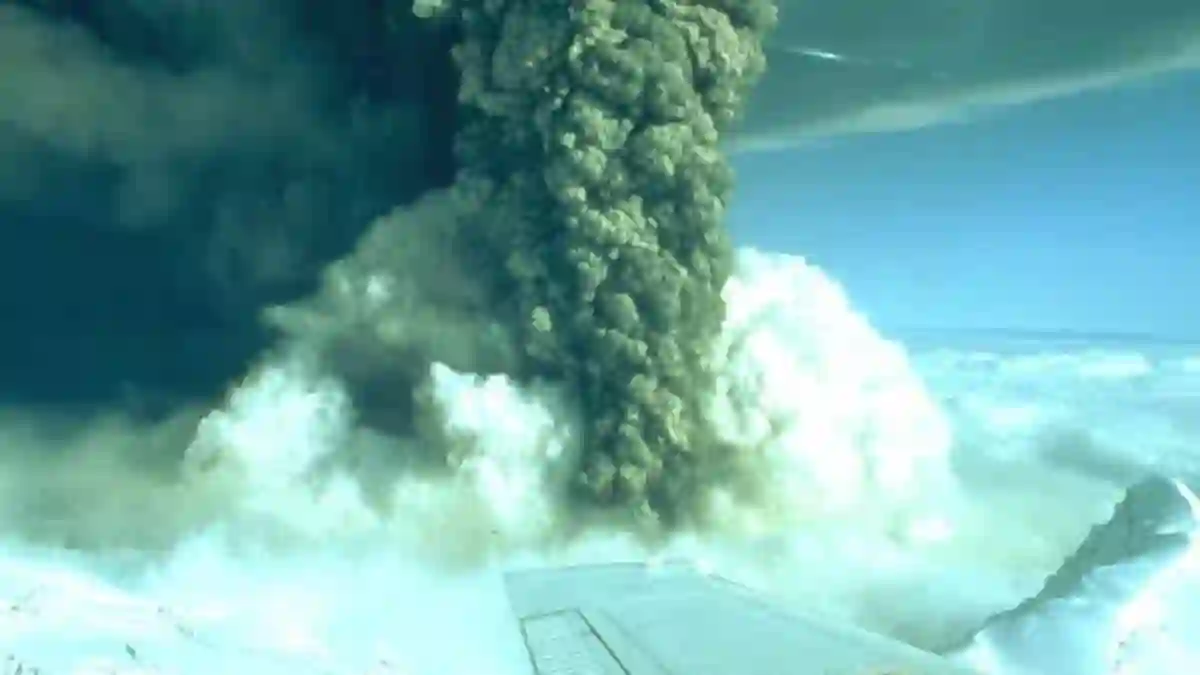Just when Alaskans were already keeping a close eye on Mount Spurr, the ground gave them another reason to stay alert.
A noticeable earthquake rattled parts of the state—just miles from a volcano that scientists have been monitoring for months due to signs of possible eruption.
Quake Strikes North of Mount Spurr
According to the U.S. Geological Survey (USGS), a magnitude 4.6 earthquake hit near Petersville, located roughly 86 miles from Mount Spurr.
The tremor happened mid-morning at 10:38 a.m. local time and struck about 52 miles deep beneath the Earth’s surface.
Alaska’s Earthquake Center added more detail, saying the quake’s epicenter was about 34 miles north of Skwentna.
The tremor was powerful enough to be felt as far away as Anchorage and across the Matanuska-Susitna region, even though those places are more than 100 miles away from the quake’s source.
Over 200 Residents Report Feeling It
Despite the region being relatively remote and lightly populated, the USGS reported receiving nearly 200 responses from people who felt the shaking.
While the depth of the quake helped disperse the energy over a wide area, its surface effects were relatively mild—unless, of course, you were right near the epicenter.
Mount Spurr: On Advisory and Being Closely Watched
Mount Spurr, the volcano that looms nearby, has already been placed on an ‘Advisory’ alert level by scientists.
This means it’s showing low-level unrest—including small earthquakes happening underneath it from time to time.
That’s made this latest earthquake feel a little more ominous than usual.
In fact, experts have warned since March that an eruption from Mount Spurr could be possible in the near future, and locals have been paying close attention ever since.
Study Links Earthquakes and Volcanic Eruptions
A 2021 research paper published in Nature Communications backs up these concerns.
The study revealed that volcanoes—especially ones already behaving restlessly like Mount Spurr—can be triggered into erupting by nearby earthquakes.
The risk increases when certain underground conditions exist, such as rising magma pressure or gas buildup.
What’s Beneath the Surface?
The quake’s depth—over 50 miles underground—means its energy spread widely across the region.
Typically, deeper earthquakes feel less intense on the surface unless they’re extremely powerful.
Still, this one caused enough movement to be noticed across a significant portion of southern Alaska.
Beneath this region lies the Broad Pass thrust fault, a geological feature that scientists have identified as active.
This fault created what’s known as the Peters Hills basin—a wedge-top basin shaped by massive underground pressure over time.
The Bigger Picture: A Fault Capable of Stronger Quakes
The Broad Pass thrust fault isn’t something to overlook.
Geologists say it could potentially unleash earthquakes in the 7.6 to 7.8 magnitude range, making it a serious seismic hazard for the region.
Anchorage Residents Staying Alert
With a population of nearly 300,000, Anchorage is the closest major city keeping watch.
Ever since those first warnings earlier in the year about Mount Spurr’s volcanic activity, many in the area have stayed tuned to geological updates—and this latest quake has only heightened concerns.
So, What Happens Now?
At this point, no eruption has occurred, and scientists haven’t escalated Mount Spurr’s alert level—yet.
But this earthquake is another reminder that Alaska’s volcanic and seismic activity are deeply interconnected.
Researchers are continuing to monitor the situation closely, and more updates are expected as they gather data from the quake and ongoing volcanic behavior.
